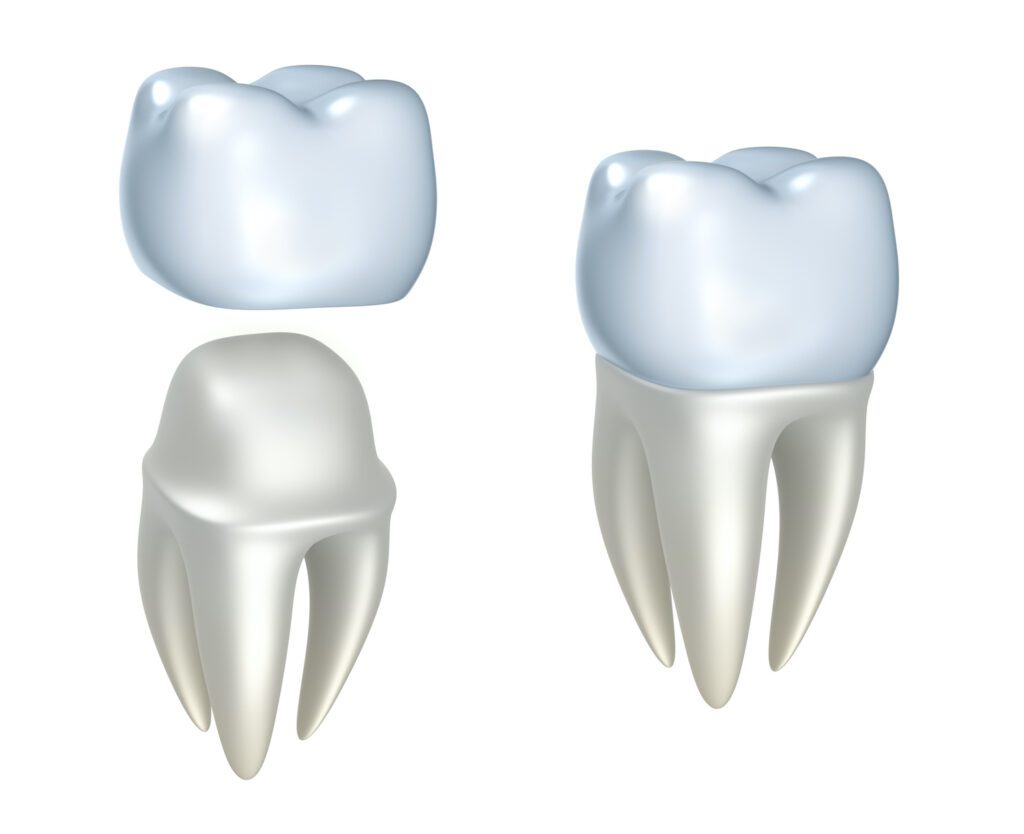When your teeth suffer excessive decay or damage, restorative treatment can help preserve your teeth and improve your bite. Dental crowns in Lexington, KY, can help restore your smile after suffering fractures, cavities, or other damage. While it’s natural to be worried or anxious about potential dental procedures, there’s nothing to fear from a dental crown. The more you know about what to expect, the more confident you can be in getting the treatment you need.

What to Expect When Getting Dental Crowns in Lexington, KY
Getting a dental crown is a two-step process for most patients. Each appointment works a little differently, and together, they help restore your smile and improve your bite.
First Appointment
During your first visit, your dentist will prepare your tooth to receive the crown. This process involves a few steps. First, your dentist will clean your teeth, removing any decay or damage. After, they’ll need to make sure there’s room for the crown to fit over the tooth. This requires removing a small portion of the natural tooth with a drill. To minimize any pain or discomfort, your dentist will administer a local anesthetic.
After the tooth has been prepared, your dentist will then take impressions. These impressions are used to fabricate your permanent crown. However, this process can take a few weeks. So, your dentist will create a temporary crown to help protect your tooth from further damage or decay while waiting.
Second Appointment
After a few weeks, your permanent crown will be ready for placement. The second appointment tends to take less time than the first, but it can still take a while. First, your dentist will remove the temporary crown and reclean your tooth. This helps ensure that there’s no plaque or tartar that can cause decay. Finally, your dentist will place your permanent crown and make any adjustments to ensure it fits comfortably in your bite. Most patients don’t need anesthesia for this appointment.
Dental Crowns for Implants
Dental crowns are also the most common type of restoration for single dental implants. The process of getting a dental crown for an implant is pretty much the same. The main difference is that during your first appointment, your dentist will have to add the abutment to your implant. This abutment acts as the structure of your natural tooth and is what your dentist takes an impression of for fabricating the crown.
At Complete Dentistry, we’re dedicated to providing high-quality restorative dentistry in Lexington, KY. If you have damage or decay that you need fixed, give us a call at 859-251-3809 to schedule an appointment and learn more about our dental crown treatment options.
